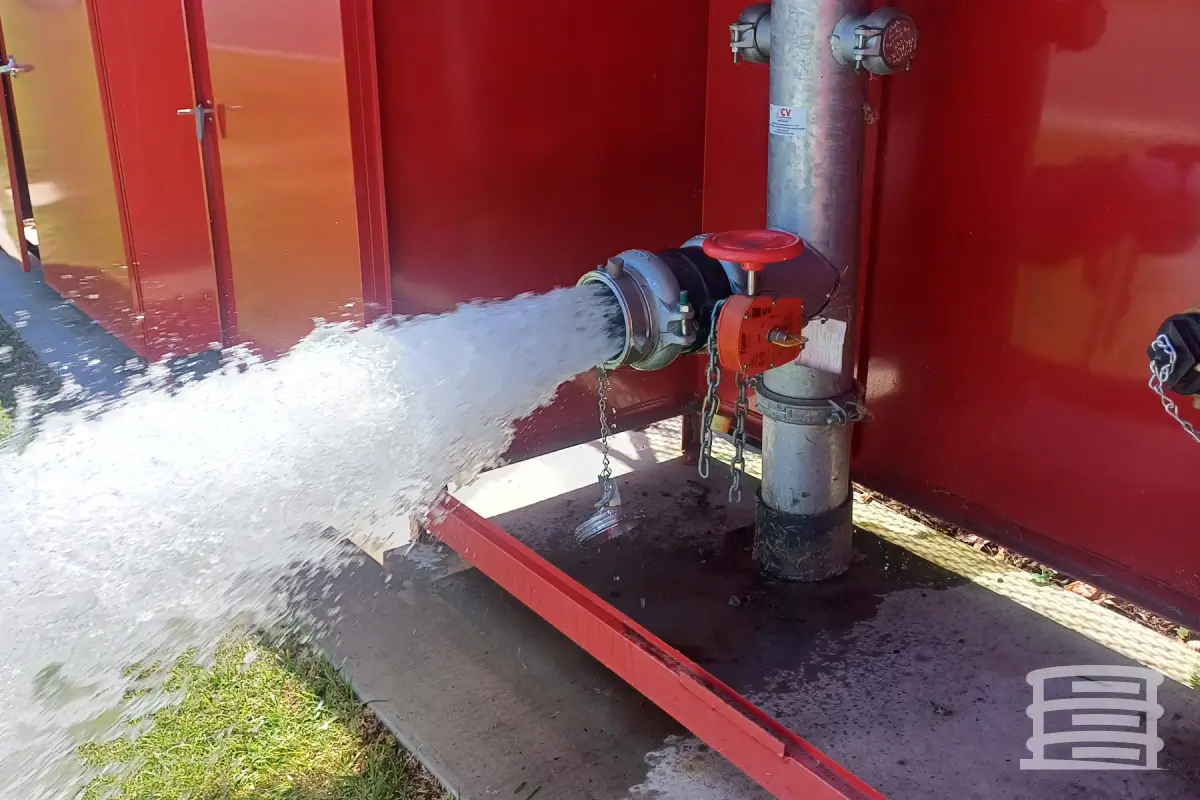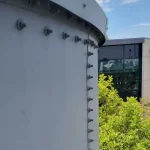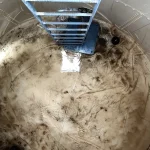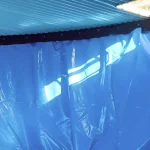Are you considering integrating systems, understanding that inadequate inspection could increase risks and hazards? When it comes to protective systems, do not compromise on safety, whether it concerns your own well-being or that of others, as it may lead to system failures. Ensuring safety entails adhering to NFPA 25.
NFPA 25 serves as the primary standard for the inspection, testing, and maintenance (ITM) of water-based fire suppression systems. This standard is designed to evaluate the integrity and effectiveness of these systems, ensuring they function optimally in the event of a fire.
NFPA 25 specifies the minimum level of attention and effort required for system maintenance. Most U.S. states have adopted this standard into their building or fire codes. Keep reading for deeper insights into NFPA 25 and its importance in regulatory compliance.
What Really is NFPA 25?
The NFPA 25 Standard for the Inspection, Testing, and Maintenance of Water-Based Fire Protection Systems provides a comprehensive framework for overseeing the inspection, testing schedules, and maintenance of water-based fire protection systems, which are crucial for virtually every facility.
Adhering to this standard facilitates prompt and effective management of fire incidents, fostering confidence among both employees and employers in the reliability of their fire safety equipment.
NFPA’s regulations and standards are dynamic and continuously updated to incorporate technological advancements and enhanced knowledge in fire prevention. As a standard-setting organization, NFPA conducts thorough reviews over a two-year period to ensure that its resources reflect the latest practices and insights. Updated versions of standards and codes are typically released every three to five years following this comprehensive reassessment process.
Why is NFPA Important?
The NFPA 25 handbook provides guidance on the timing and frequency of essential tasks such as inspection, testing, and maintenance once a system has been installed.
Inspection entails a thorough examination of the system to identify signs of corrosion, significant dents, or other defects. This process includes rigorous physical testing to ensure the system functions properly under high-pressure conditions.
Professional technicians are responsible for performing repairs and maintenance tasks, which may include replacing worn-out components and ensuring the proper connection of hoses and tamper seals. These activities should be carried out on a monthly, quarterly, or annual basis as specified in NFPA 25.
The property owner or their authorized representative is responsible for ongoing maintenance of all fire protection systems according to NFPA 25 standards. During monthly inspections, the designated individual responsible for fire safety onsite should check pipe system gauges, monitor water pressure levels, and verify the functionality of alarm valves.
Furthermore, quarterly and annual assessments conducted by the fire protection system supplier are essential. These evaluations assess the building’s fire protection measures to identify any potential risks to people or property in the event of a fire.
What are Things to Keep in Mind when Following NFPA 25?
An NFPA 25 inspection for your advanced fire protection system might seem overwhelming, especially if your building is undergoing renovations. While meeting every single regulation might not be strictly required, getting as close as possible is a smart move for everyone’s safety.
NFPA 25 Testing Requirements Needed
NFPA 25 inspections for advanced fire protection systems might seem thorough, but they typically focus on a representative sample of the system. While the exact number can vary, inspectors usually assess around 1% of the sprinklers, with a minimum of four being inspected.
Is an NFPA 25 Inspection Necessary?
While the NFPA 25 inspection standard provides important guidelines, it’s important to recognize that frequent inspections might not be a legal requirement for your property. Local regulations and ordinances could still mandate compliance, so staying informed about them is crucial. Depending on how these regulations are structured in your area, you may need to consult local building codes, seek guidance from a professional, or contact the fire marshal for clarification.
However, as previously mentioned, it’s wise to conduct regular NFPA 25 inspections for your property, even if they are not legally mandated.
Final Thoughts
Fire prevention systems are lifesavers. They act as the first line of defense in a fire, quickly extinguishing flames and minimizing damage to your property. But just like any other system in your building, they need attention to keep working their best.
Regular inspections and testing, conducted according to NFPA 25 standards, ensure your fire prevention systems are in top shape. These standards provide a checklist to identify any issues that might hinder their performance. By catching problems early, you can prevent them from turning into major setbacks during a fire emergency. Regular maintenance based on NFPA 25 keeps your fire protection system reliable and ready to respond when it matters most, offering an extra layer of safety for your building and everyone inside.
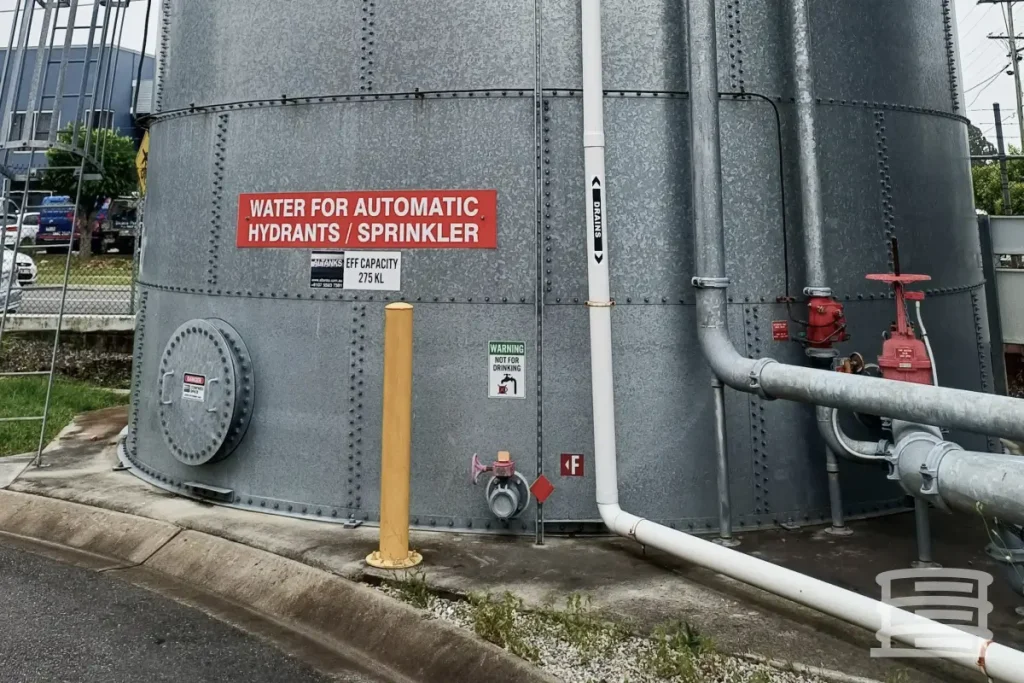
NFPA 25 Inspections by American Tanks: Your One-Stop Shop for HDG Steel Tanks
At NFPA 25 Inspections by American Tanks, we’ve been a proud supplier of hot-dipped galvanized steel tanks for companies across the United States for years. We offer a wide selection of tanks in both round and square shapes, ensuring you find the perfect fit for your needs.
Call NFPA 25 Inspections by American Tanks at +1 800 656 0167
Or email at info@nfpa25inspections.com
